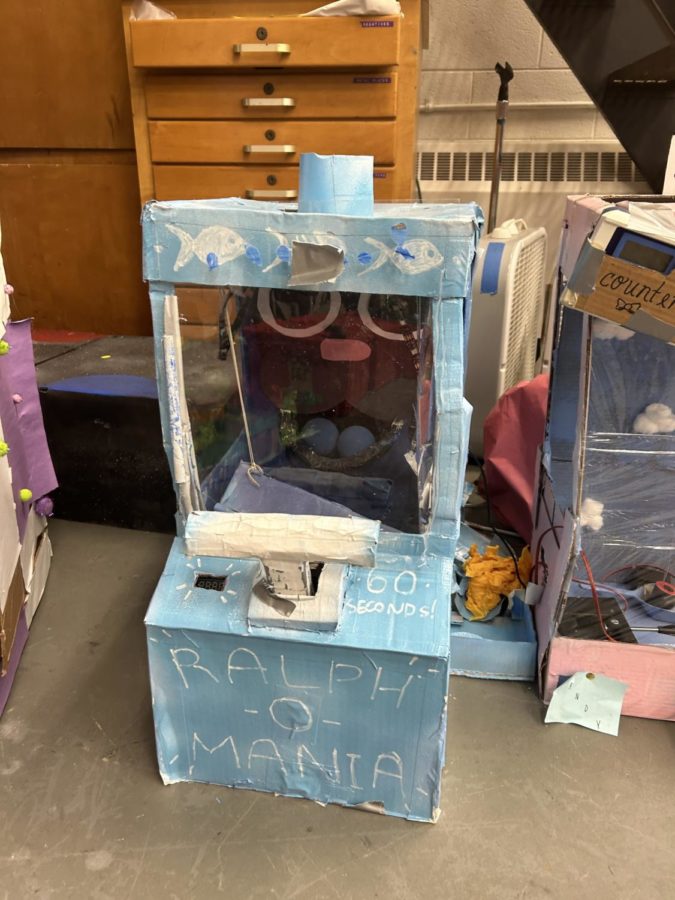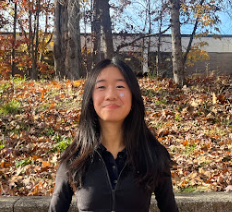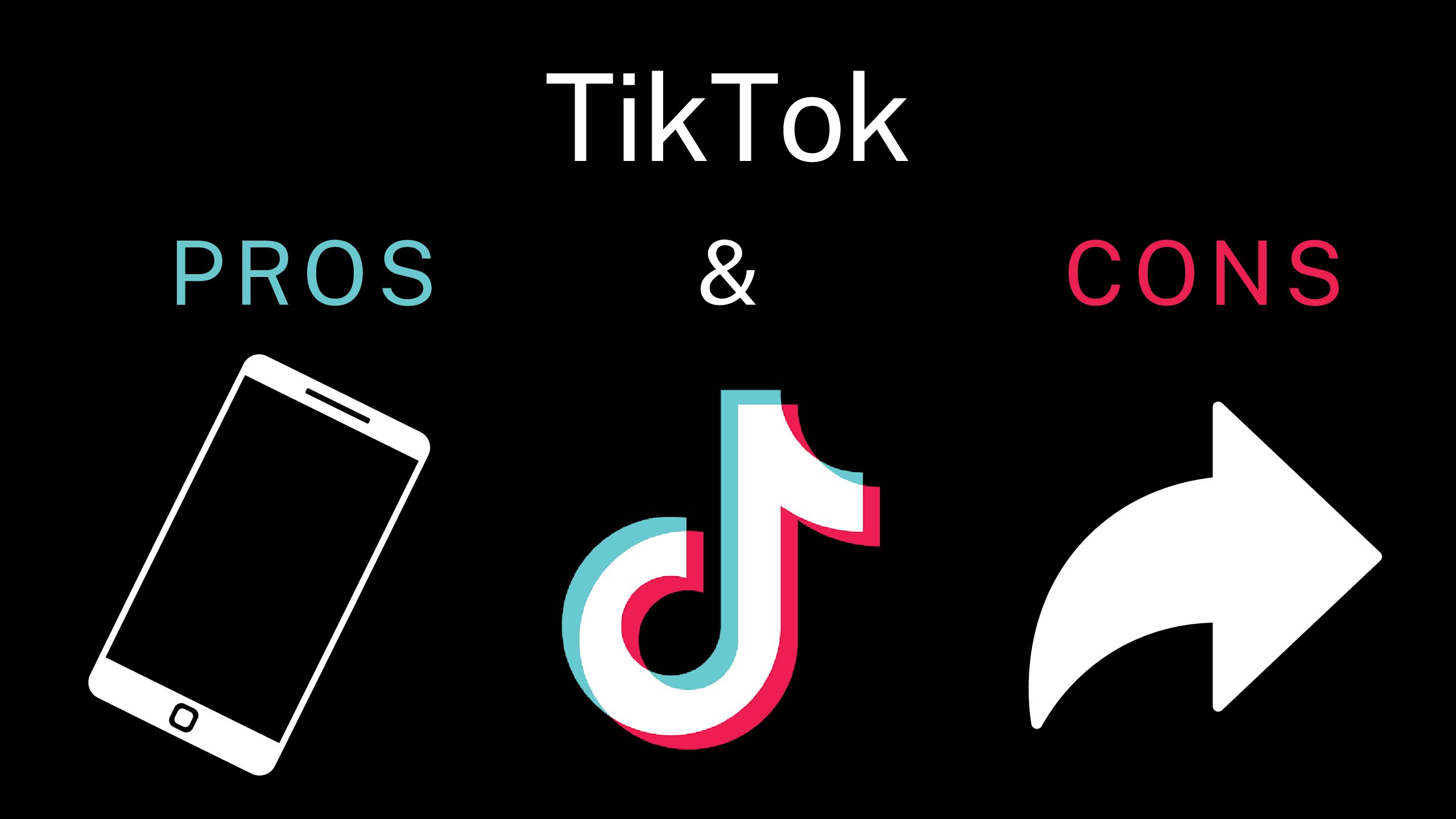Students take on project based learning in science class
Cinemark model made by Elias Joseph, Jaydan Howard, Aris Middix, Areya Sanders, and Destiny Maxwell.
May 2, 2023
Since March 20, 7th graders have been constructing models that vary from Kerrytown to strip malls, and proving how they can apply the topics that they were taught: the life cycle of a plant, the process of photosynthesis, how and why flowers get pollinated, and the process of fertilization. Clague science teacher, Lea Kotlinski, has been teaching for around 10 years and contributing to the Clague community as a science educator.
“Science has to be manipulative,” Kotlinski said. “In order to really learn a scientific concept you have to be able to build something in real life—it’s analyzing and using data to explore the world us.”
In seventh and eighth grade, they have been using the science concepts they have learned and applied them in big projects, linking them to real world problems.
“I love making learning project based,” Kotlinski said. “It gives kids a chance to use engineering skills and problem solving skills to solve a real world issue.”
The big project concludes on April 24, having Clague staff and students be encouraged to come in the classroom the following day after the project is completed. 17 different models will be displayed, all built to embody local districts and neighborhoods, and be educated of the model’s objective on how vegetation will profit Ann Arbor. The leading choice will win a “million dollars.”
Whether winning the “million dollars” or not, students find this project to be memorable.
“I have had students come back from previous years and tell me how much they still remember this project,” Kotlinski said.
What has also certainly made its impression as an unforgettable project, was the eighth grader’s recent activity. To culminate the month and a half long unit on electricity and magnetism, a project on executing the learning objectives commenced.
Participants of the project had to develop a design, capable of arranging into an arcade game, using electricity and magnetism to function. Afterwards, Clague staff and students were invited to trial and traverse through the arcade.
“The eighth grade project really has the kids to really build something from scratch,” Kotlinski said. “They can take whatever idea they want to build and make it a playable fun game.”
An idea that was conceived and built was a Skee Ball game, constructed with circuits. This ensures that when the ball arrives in the hole, the lights would pulse a consistent pattern of flashes. Additionally, magnets were weaved into the composition of the game, so the balls obtained would issue out from an exit.
“The variety of projects that the eighth graders chose was really interesting,” said Kotlinski. “We had everything from Skee Ball to Donkey Kong.”
Despite Donkey Kong being a millennial’s childhood game during the weekend, eighth graders made a contemporary model of this. This version of Donkey Kong operates on wires, circuitry and electromagnets— utilizing the circuits to create a network: the circuits connecting to a raspberry pie linked to a laptop, performing as a functional game, where no person has yet to vanquish it. But being able to accomplish such elaborate projects starts from sixth grade.
“Each year in Clague we build on the previous year’s knowledge,” Kotlinski said. “For example in sixth grade, thermal energy will connect to seventh grade chemistry, which will connect to eighth grade physics— sixth grade cells [applies to] … seventh grade [when] we learn about how cells impact the body.”
Sixth grade is the start of learning a new concept in science, but those concepts carry on to seventh grade, eighth grade, etc., adding onto knowledge each year. One of those important concepts building up each year is cells.
Sixth graders were introduced to a new unit in early April: cells and systems. The start of this unit being a case study: a young man who dropped a weight on his foot, which caused a bone fracture to transpire. From there, sixth graders would be educated on how cells are responsible for how we grow, how we heal, and pass on genetic information
“I think that the unit has been very educational and is accelerating my comprehension on cells,” Clague sixth grader Noemie Wurster-Dillard said.
The 25 day long unit that sixth graders are partaking in, teaches from the difference of plant cells and animal cells to investigating blood smears. “The Microscope Song” written by Clague science teacher, Jennifer Inaba, incorporates these concepts into a song.
This unit concludes as a test and a model, demonstrating the sixth grader’s knowledge with the new curriculum introduced during the course of four weeks.
“Sixth grade scientists are lots of fun because they wonder about everything,” Clague science teacher Gretchen Hahn said. “One of the nice things about teaching sixth grade science is that they expect to learn and have fun, so they do.”
This applies widely to Clague as well. In Clague, science is taught through big tactile projects all the way to ending a unit by making ice cream, which is a 28-year old tradition made by Grethen Hahn.
“Science helps us to look at the world a way we have never looked at before,” Kotlinski said. “What we do here at Clague with science allows us to interpret our world and be constantly amazed by it.”








